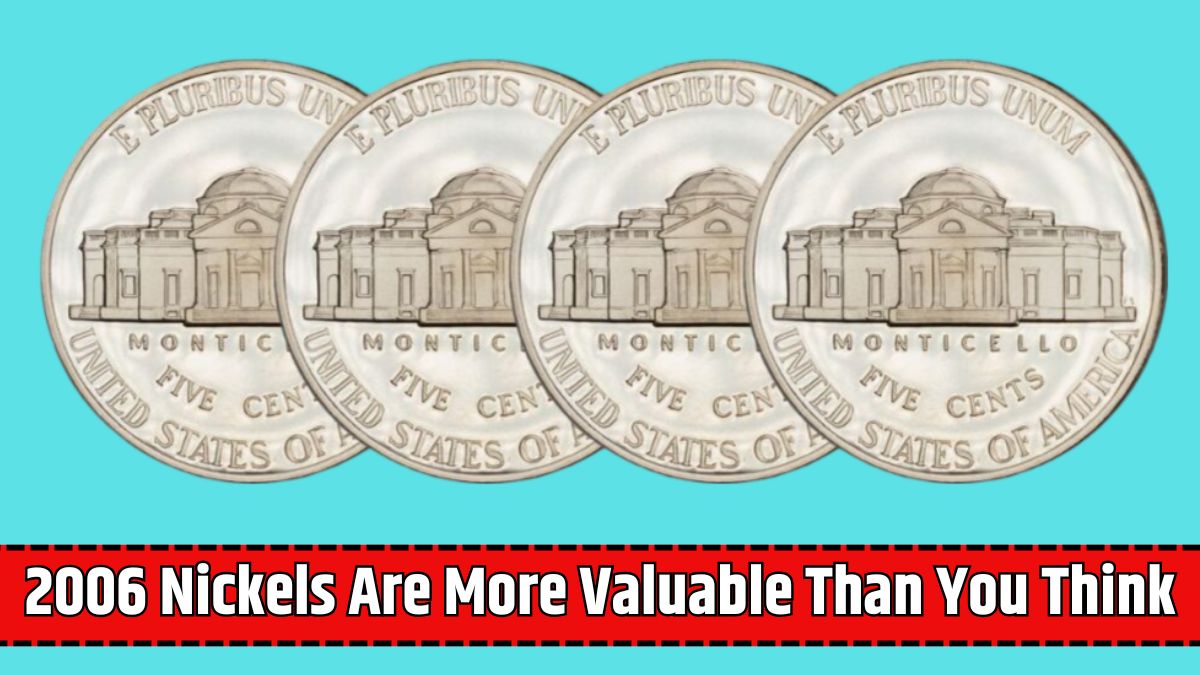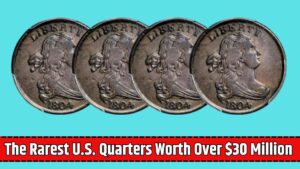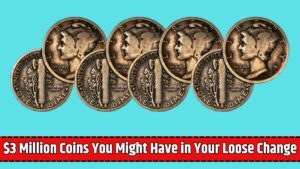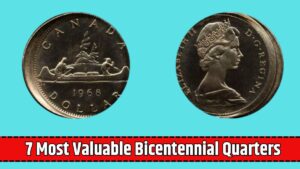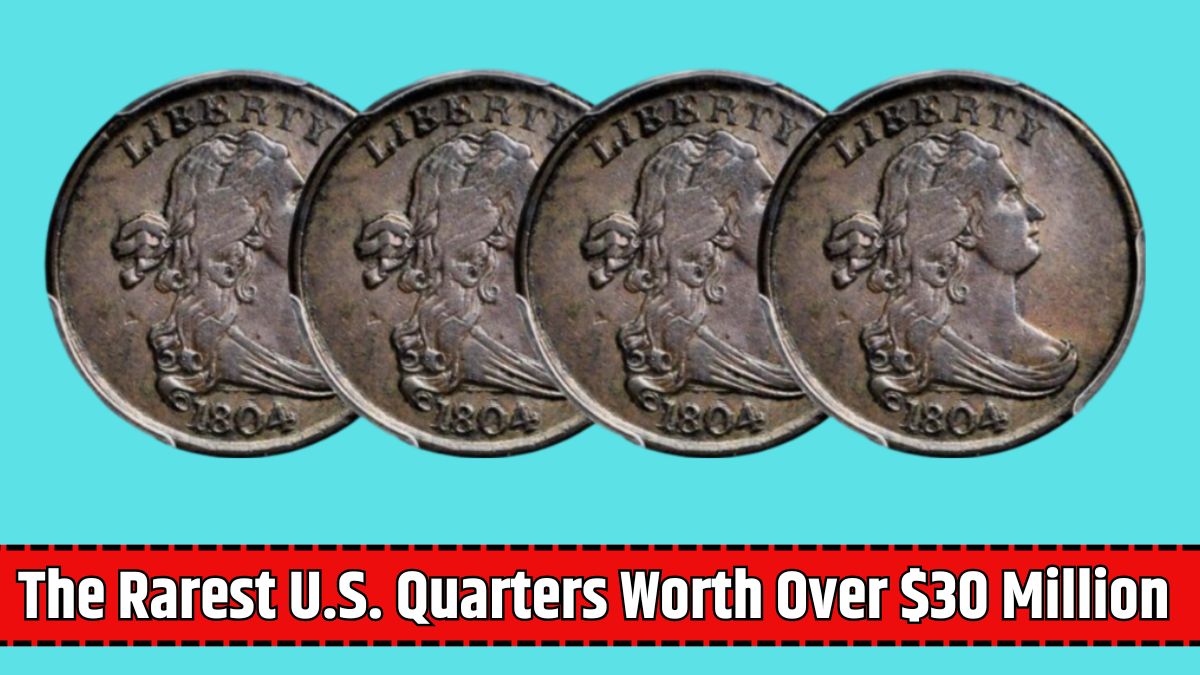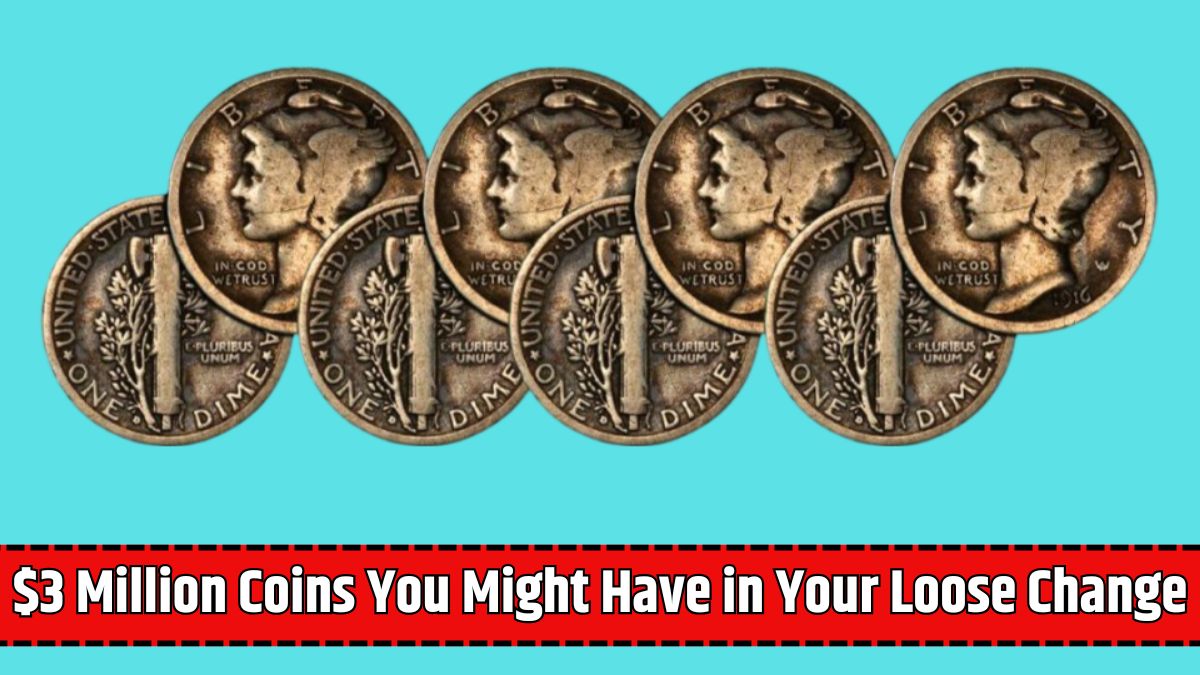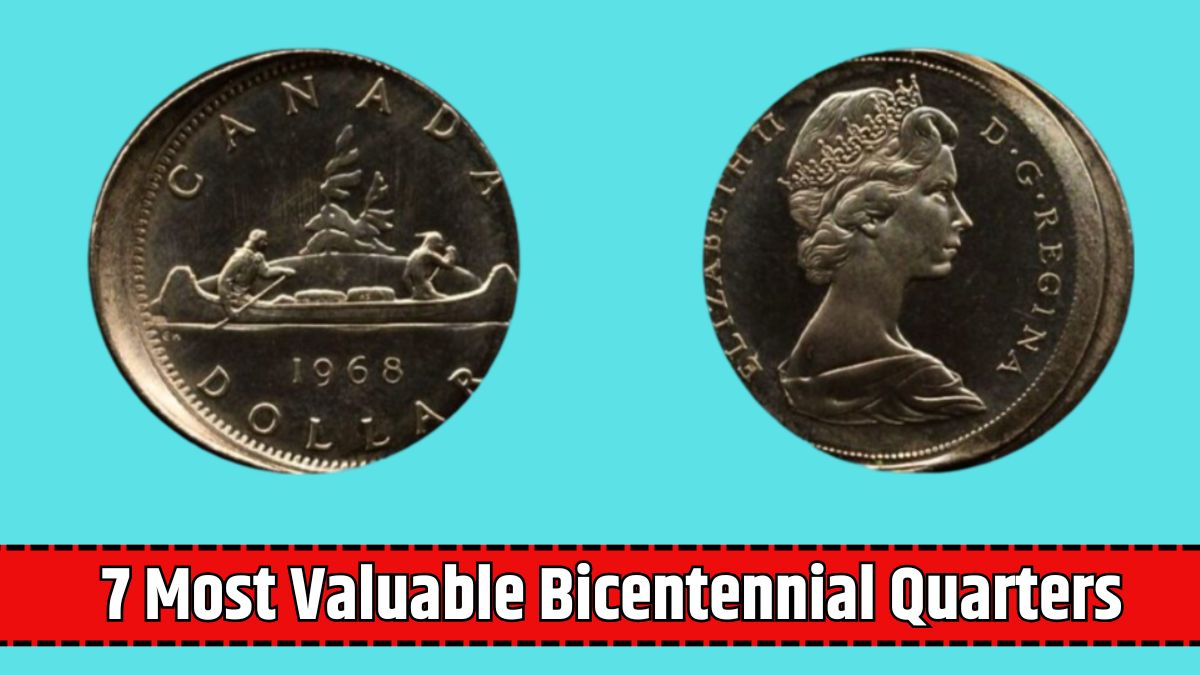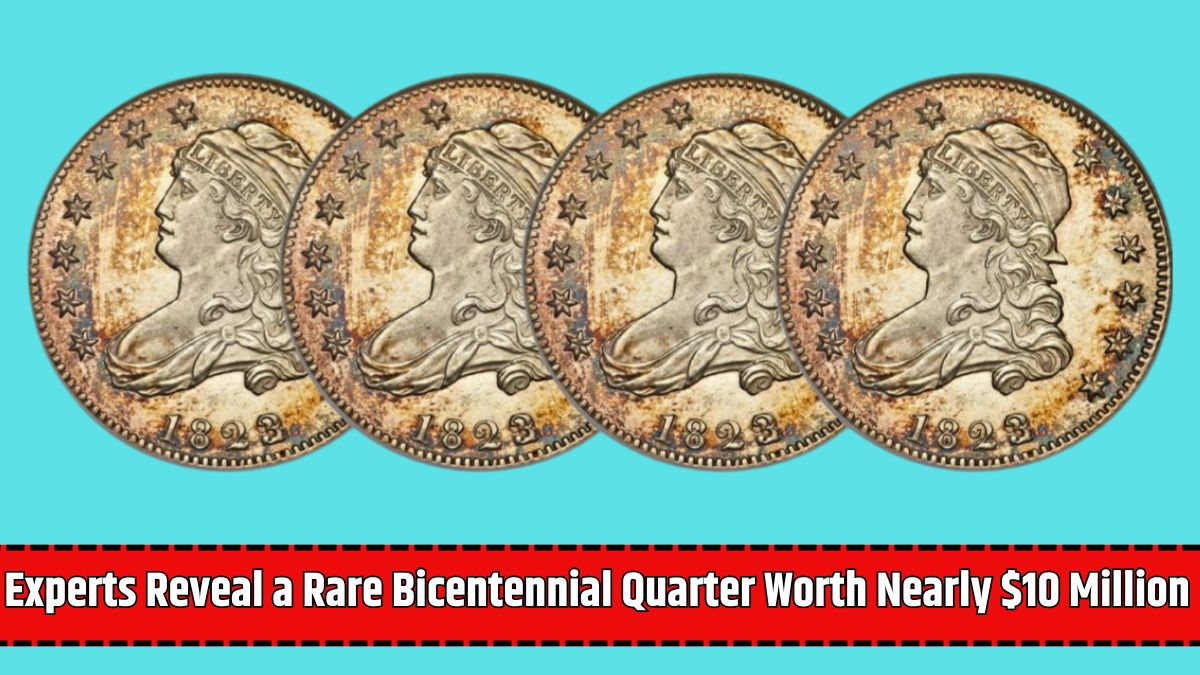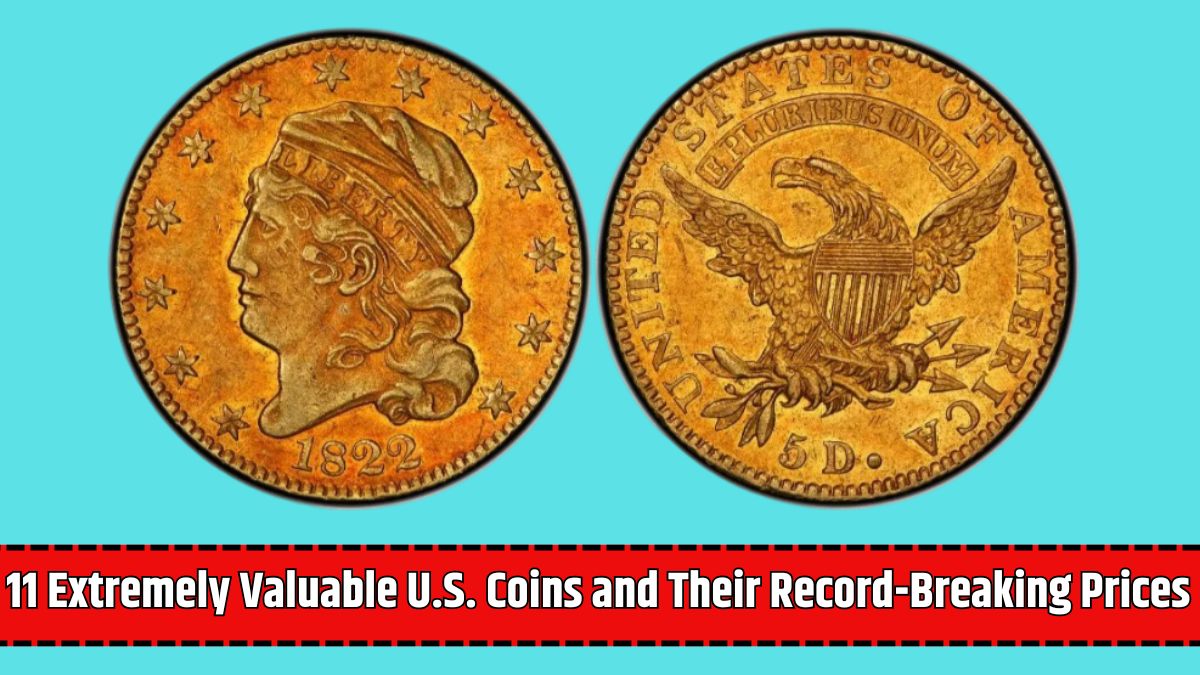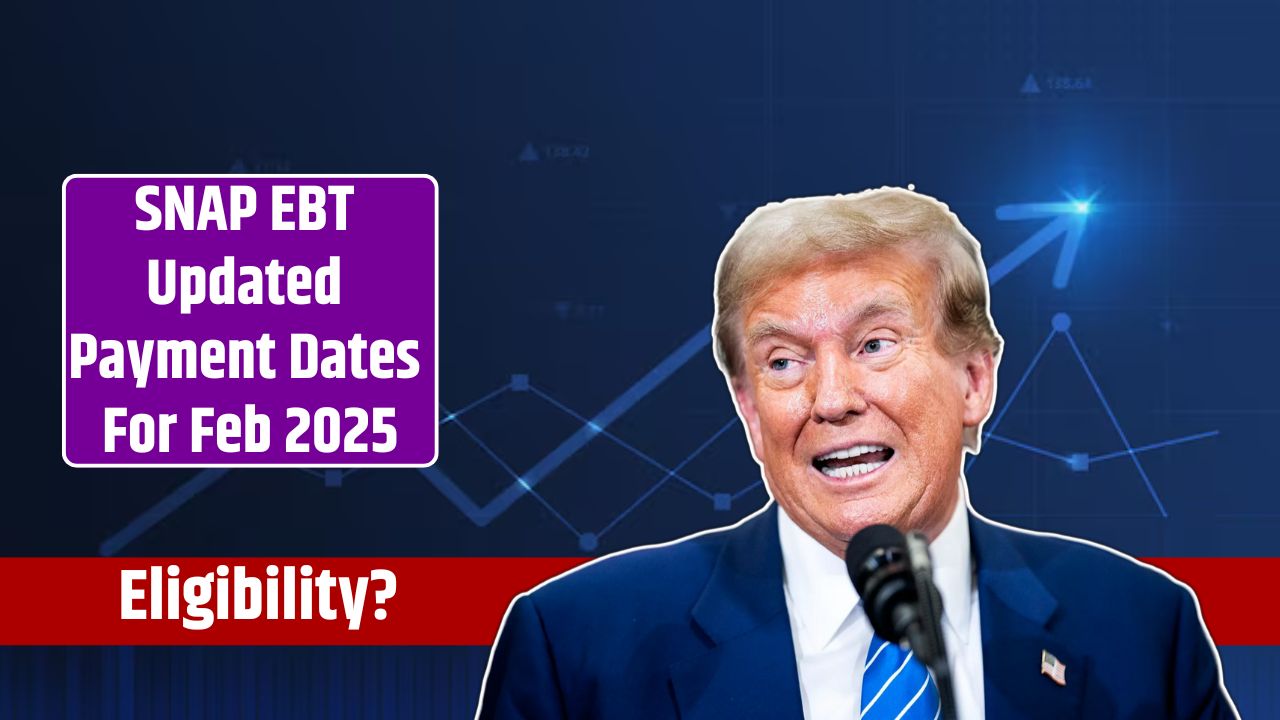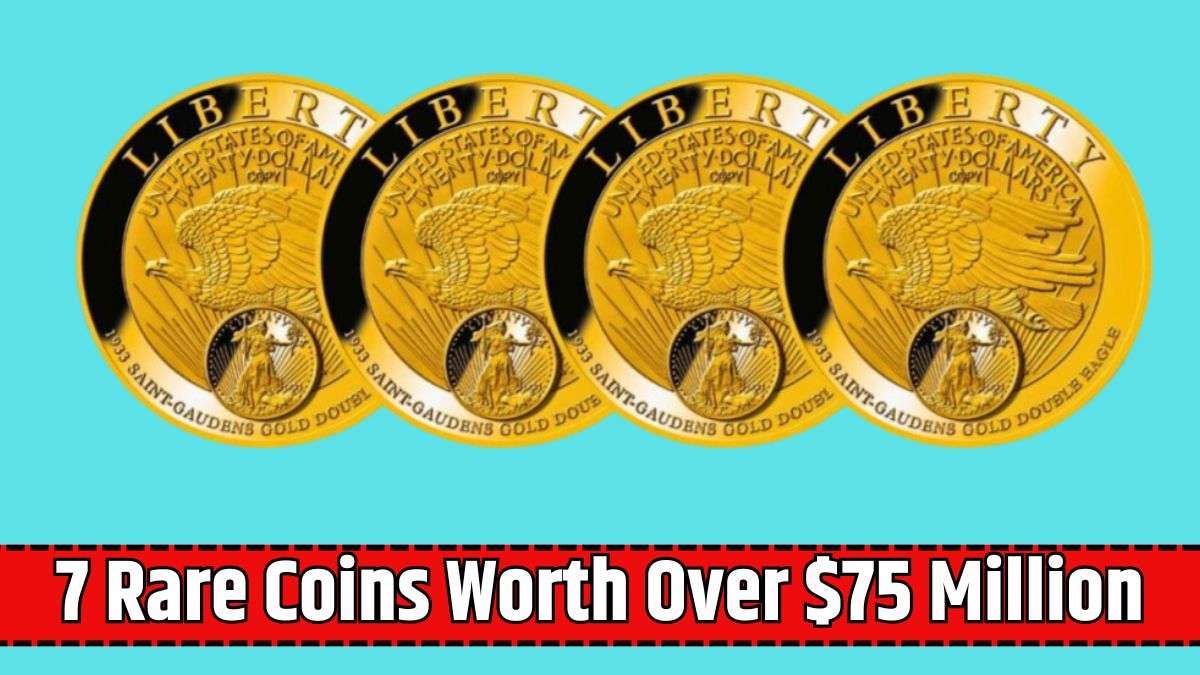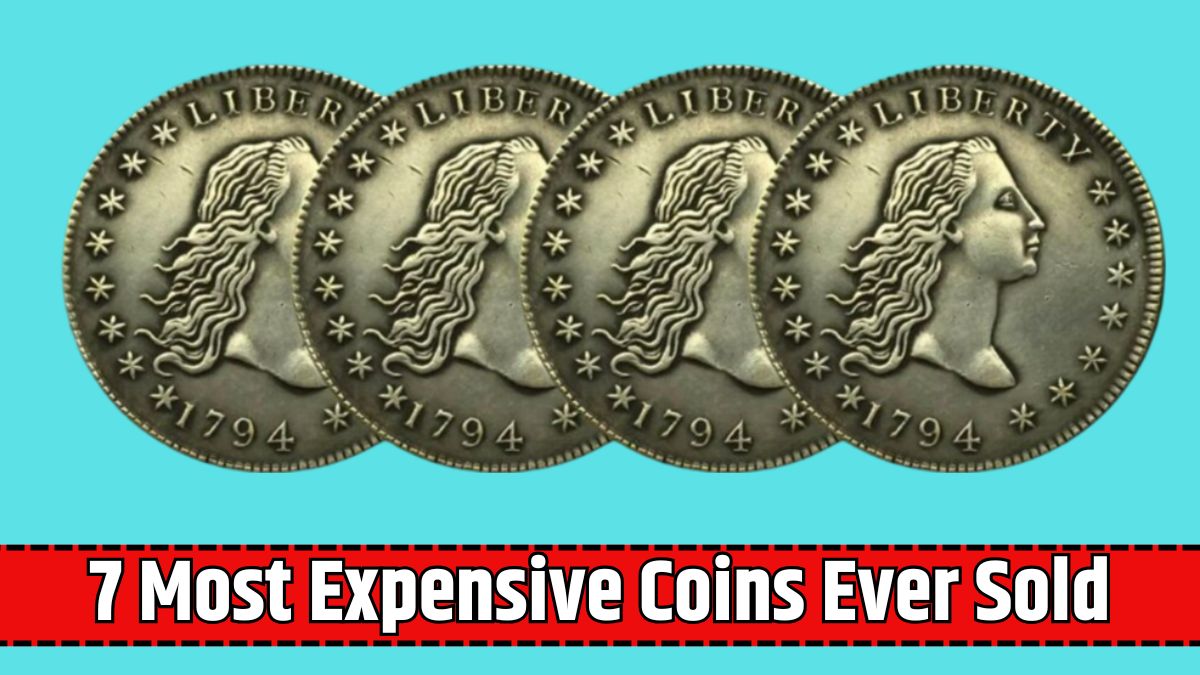At first glance, a 2006 Jefferson nickel might seem like any other five-cent coin, but for collectors, it’s a coin worth noticing.
With its updated design, rare Full Steps varieties, and unique minting errors, the 2006 nickel has become a favorite among numismatists.
Some of these coins sell for hundreds of dollars, making them worth searching for in pocket change or coin rolls. Let’s explore what makes the 2006 Jefferson nickel valuable and what to look for.
2006 Jefferson Nickel Design
The 2006 nickel introduced a new obverse design by sculptor Jamie Franki, featuring a forward-facing portrait of Thomas Jefferson.
This was a big change from the left-facing profile that had been used since 1938.
Reverse Design
While the front of the coin changed, the reverse side kept the classic Monticello design, honoring Jefferson’s Virginia home.
This mix of modern and traditional design elements makes the 2006 nickel an important coin in the Jefferson series.
Full Steps Nickels – The Most Valuable 2006 Nickels
One of the most valuable features to look for in a 2006 nickel is the Full Steps (FS) designation. This term refers to a sharply struck coin where all the steps on Monticello are clearly visible.
Why Full Steps Matter
- Even tiny flaws during minting can make the steps hard to see.
- Coins with Full Steps are rare, making them more valuable to collectors.
- A 2006 Full Steps nickel in high grade (MS66 or higher) can sell for $100 or more.
High-Grade 2006 Nickels
The condition of a coin plays a huge role in its value. Collectors prize uncirculated nickels with high grades, especially those with Full Steps.
What to Look For
- MS66 or higher: Coins graded Mint State 66 or above are the most valuable.
- Full Steps (FS) designation: A sharp Monticello design increases a nickel’s worth.
- Proof Coins: The San Francisco Mint (S) made proof versions with sharp details and a mirror-like finish, which are also highly collectible.
2006 Nickel Minting Errors – Rare and Valuable
Minting errors can make a 2006 nickel worth much more than face value. Some rare errors include:
Types of Valuable 2006 Nickel Errors
- Off-Center Strikes – Part of the design is missing due to misalignment.
- Die Cracks – Visible cracks or lines caused by damaged dies.
- Doubled Die Errors – Slightly doubled numbers or letters on the coin.
Value of 2006 Nickel Errors
Depending on rarity and visibility, error coins can sell for $20 to several hundred dollars.
Where to Find Valuable 2006 Nickels
Searching for a valuable 2006 nickel? Here’s where to look:
- Pocket Change – While rare, valuable nickels can still be found in circulation.
- Bank Rolls – Buying nickel rolls can increase your chances of finding Full Steps or error coins.
- Coin Shops & Online Markets – Collectors often sell graded or rare 2006 nickels.
How to Preserve Your 2006 Nickels
If you find a valuable 2006 nickel, follow these tips to protect its value:
- Handle with Care – Use gloves or hold the coin by the edges to avoid fingerprints.
- Store Properly – Use coin holders or albums to prevent scratches or wear.
- Never Clean Coins – Cleaning can damage the surface and reduce value.
Table: 2006 Nickel Varieties & Their Value
| Type | Mint Mark | Estimated Value | Unique Feature |
|---|---|---|---|
| 2006 Full Steps Nickel | P / D | $50 – $150+ | Sharp details on Monticello steps |
| 2006 MS66+ Nickel | P / D | $20 – $100+ | High-grade, uncirculated condition |
| 2006-S Proof Nickel | S | $5 – $25+ | Mirror-like proof finish |
| 2006 Off-Center Strike | Any | $20 – $200+ | Design shifted due to misalignment |
| 2006 Doubled Die Error | Any | $50 – $300+ | Doubled letters or numbers |
| 2006 Die Crack Error | Any | $20 – $100+ | Visible cracks on the coin’s surface |
Why the 2006 Nickel Matters
The 2006 Jefferson nickel is an important coin for collectors due to its updated design, rare Full Steps varieties, and unique mint errors.
Whether you’re looking for a high-grade example, a rare error, or a proof version, this coin has something for every collector.
Next time you check your pocket change, take a closer look at your nickels. You might discover a hidden treasure worth far more than five cents!

